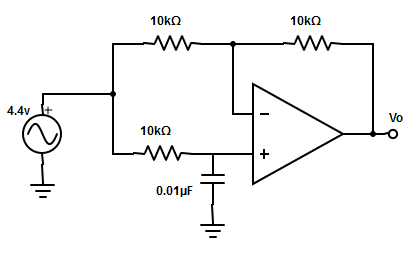1. How many types of band elimination filters are present
A. Three
B. Two
C. Four
D. None of the mentioned
3. A narrow band-reject filter is commonly called as
A. Notch filter
B. Band step filter
C. Delay filter
D. All of the mentioned
4. Find the expression for notch-out frequency?
A. fN = 2πRC
B. fN = 2π/RC
C. fN = 1/2π×√(R/C.
D. fN = 1/2πRC
5. The quality factor of passive twin T-network is increased by using
A. Inverting amplifier
B. Non-inverting amplifier
C. Voltage follower
D. Differential amplifier
6. Find out the application in which a narrow band-reject filter can be used?
A. Embedded system
B. Biomedical instrument
C. Digital computer
D. None of the mentioned
7. Find the application of the area where all-pass filters are used?
A. Cathode ray oscilloscope
B. Television
C. Telephone wire
D. None of the mentioned
8. Determine the output voltage for all the all-pass filters and express it in complex form?
A. VO =Vin/ [(1-j2πfRC. /(1+ j2πfRC.].
B. VO =Vin× [(1+j2πfRC. /(1- j2πfRC.].
C. VO =Vin ×[(1- j2πfRC. /(1+ j2πfRC.].
D. None of the mentioned
9. Determine the input frequency for the all-pass filter with a phase angle of 62o. Consider the value of resistor and capacitor are 3.3kΩ and 4.7µF.
A. Input frequency= -7.65Hz
B. Input frequency= -6.77Hz
C. Input frequency= -3.89Hz
D. Input frequency= -9.65Hz
10. Determine the angle for the given circuit diagram, if the frequency of the input signal is 1khz

A. -45o
B. -180o
C. -270o
D. -90o
